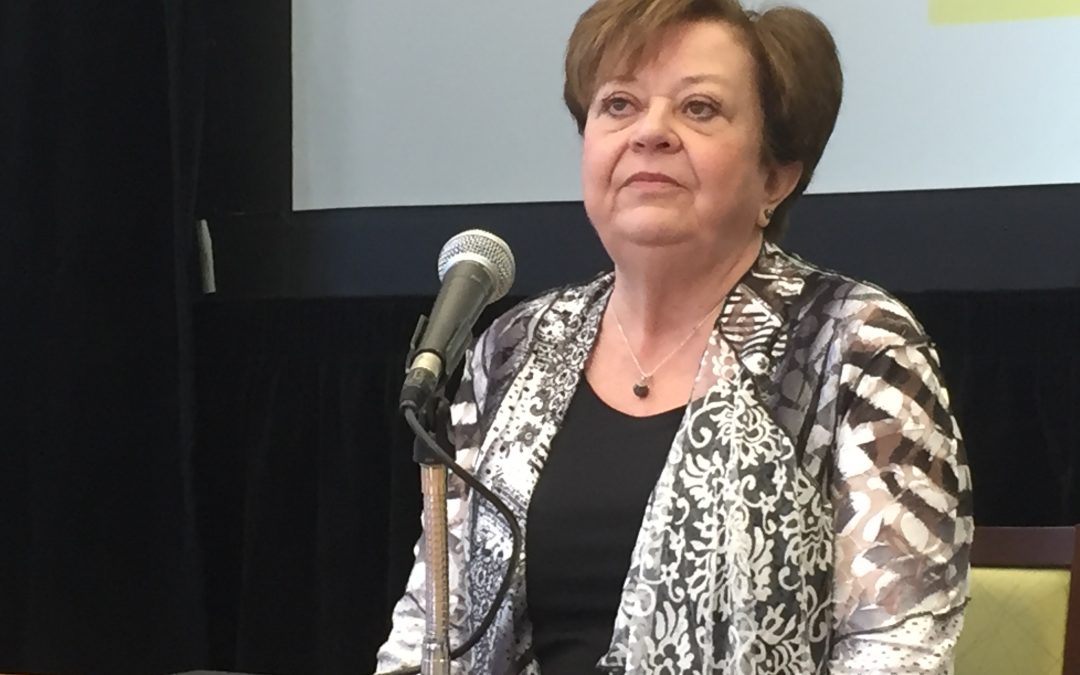Saskatchewan’s first post-pandemic budget is designed to reduce surgical wait-times, pay down the deficit and continue getting people back to work. Finance Minister Donna Harpauer is investing $6.8 billion dollars into health, which includes funding to address the backlog of thousands of surgeries, which will include the hiring and training of additional doctors, nurses and paramedics. The province anticipates that the surgical backlog, which stands at more than 35,000, will be cleared by 2025. Surgeries were canceled for much of the past two-years, as health staff and hospitals were reassigned to deal with multiple waves in new infections and outbreaks.
In the North, gravel improvements on Highway 155 are expected near Pelican Narrows, Ile a la Crosse, Buffalo Narrows and La Loche. A Ministry of Highways spokesperson said improvements continue from last year by investing $4.5 million into five-sections between Buffalo Narrows and La Loche. Planning for upgrades to the Garson Lake Road to the Alberta border will continue with construction anticipated in 2023.
Northern revenue sharing will decrease $974,000 to $19.4 million. Design completion and construction is expected to start this spring on; St. Frances Cree Bilingual School in Saskatoon, a new elementary school to replace Ducharme Elementary School in La Loche and a new Kindergarten to Grade 12 school to replace Blaine Lake Composite School.
Abandoned northern mines will see further maintenance work. Newcor Abandoned Mine – $96,000 for post-remediation maintenance and monitoring. Western Nuclear Abandoned Mine – $1.1 million for preparation of a complete corrective action plan design. Anglo-Rouyn Mine – $230,000 for the initial corrective action plan design.
For First Nations, the province will be investing $1 million more into on-reserve policing. Casino and gaming payments are back on track, as revenue sharing to First Nations organizations will be approximately $61.5 million. Casino closures impacted payments. Saskatchewan will invest $400,000 to address issues raised in the National Action Plan for Missing and Murdered Indigenous Women and Girls. The Ministry of Government, First Nations and Metis Relations said it is increasing this year’s budget to $233 million, up 20 percent from last year.
Money for mental health and addictions is again on the rise to $470 million. $8 million will be directed to counseling and treatments, reduce harms associated with substance use and advance proactive prevention measures for youth. The province will expand mental health capacity in schools, create more detox and addictions treatment spaces, while increasing the availability of naloxone through pharmacies and take-home programs.
The Finance Minister highlighted that the province has seen 30,000 new jobs created in the past year, and is expected to decrease the deficit by $2.1 billion to $463 million. Saskatchewan’s medium-term deficit projection is $165 million by 2025/26. The public debt will rise from $27 billion to $30 billion.
“Saskatchewan is back on track. We are seeing strong economic growth and job creation as we come out of the pandemic and as a result, the province’s financial outlook has improved significantly,” Harpauer said. “This budget makes significant investments that will get important government services back on track as we come out of the pandemic. This budget will fund thousands of surgeries in the first year of a three-year effort to bring the waitlist down to pre-pandemic levels.”
(This was corrected on March 24, as new information regarding construction on Highways 155 was made available.)
